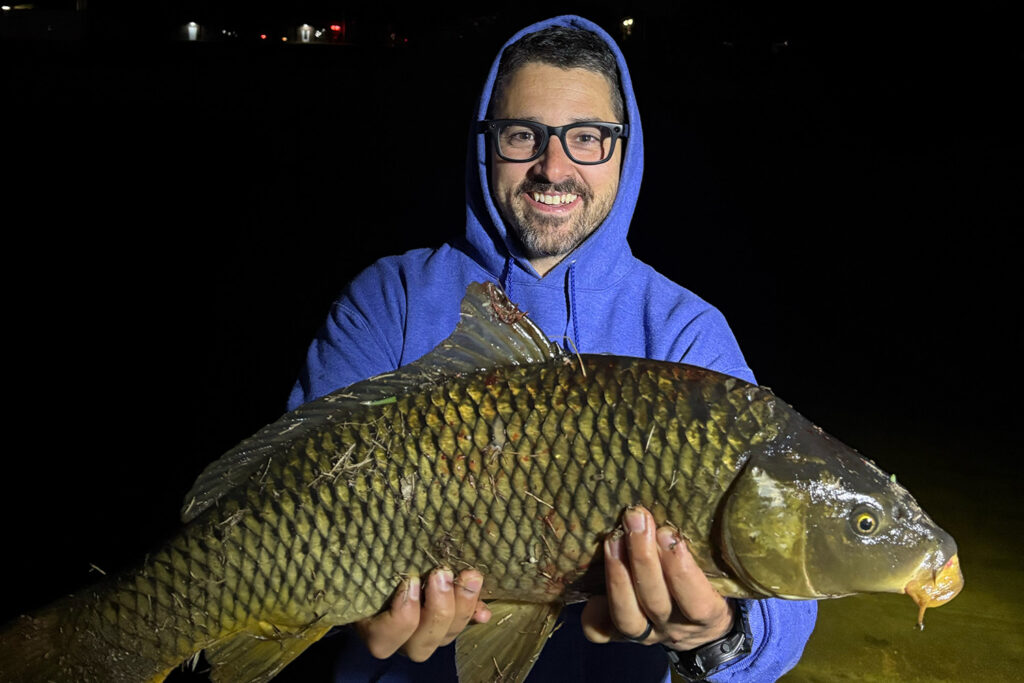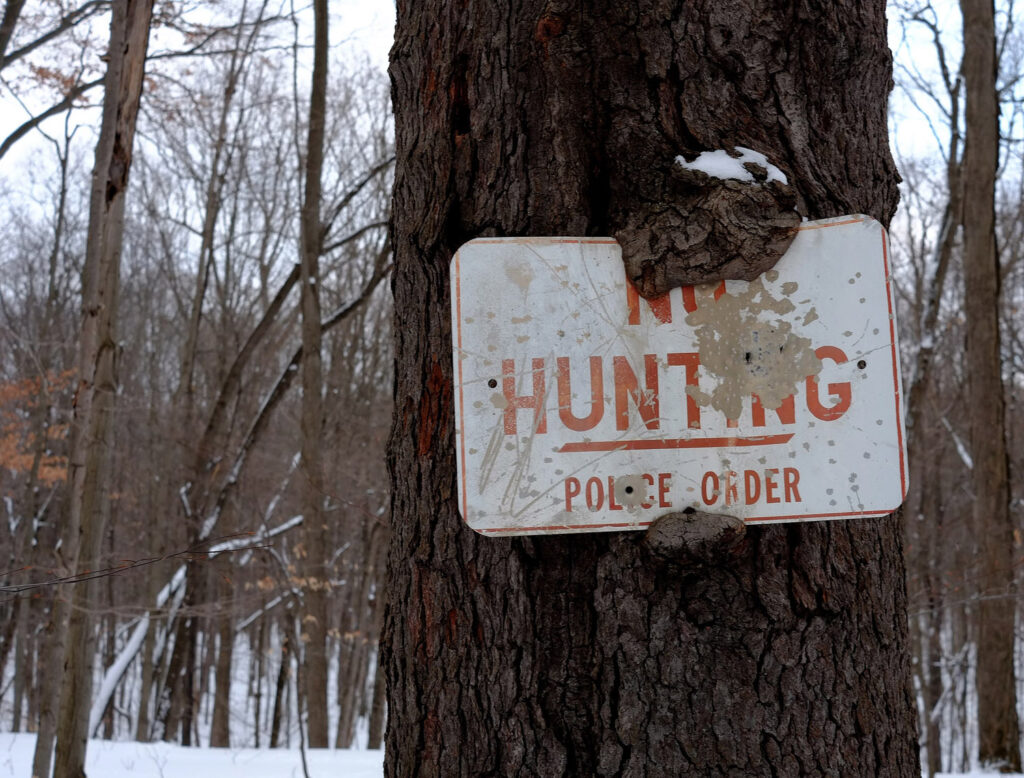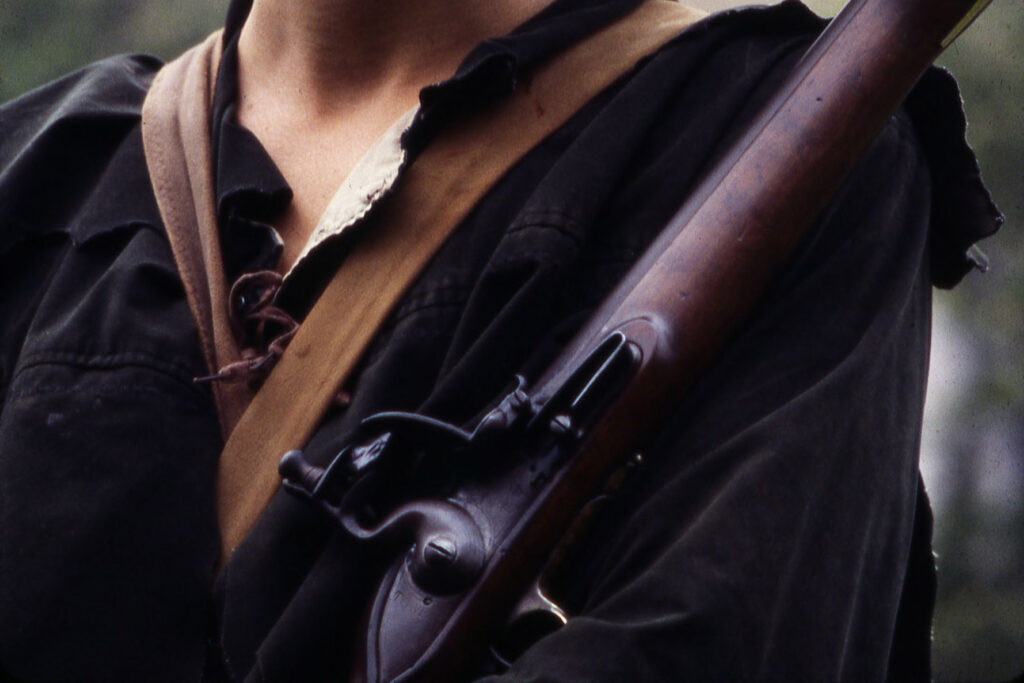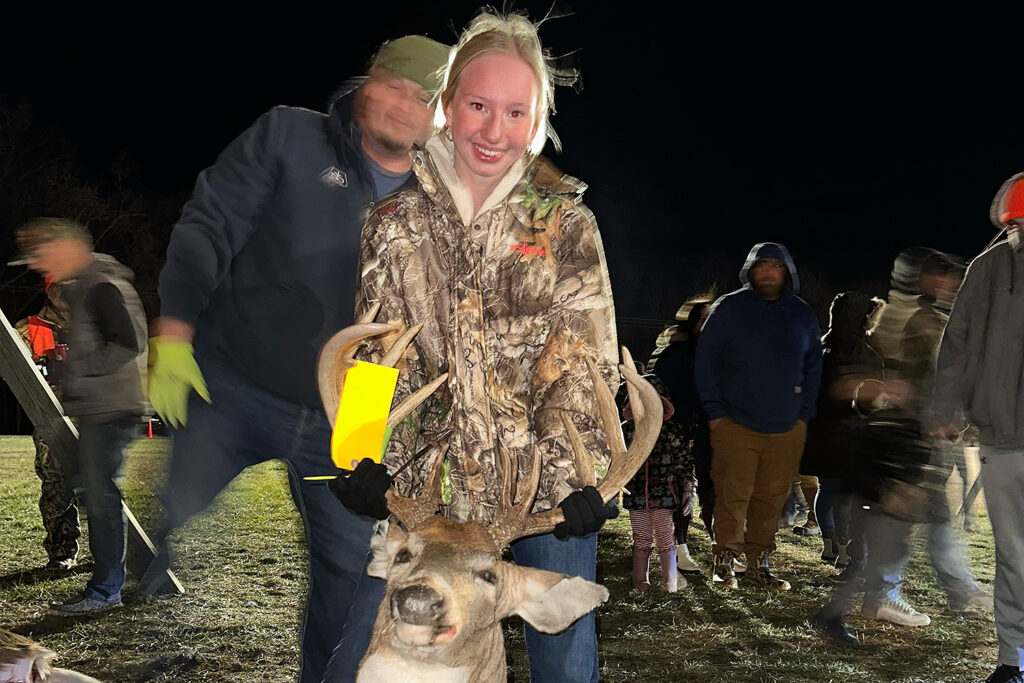“You’ll probably need to shoot about a hundred times before you start feeling comfortable,” the guy at the archery shop said as he rigged up my bowfishing reel.
As he moved around the workbench, he explained how barbed arrow points work, how to aim low for refraction, and a bunch of other quick tips to get me started. A hundred shots seemed like a lot. I’ve bow hunted for over 20 years and spent much of my youth shooting fish with old arrows. How hard could it be?
This summer, my brother and I decided we were going to shoot a carp on a small river in our backyard. Over the next two months, we scoured the water for carp. Early in the morning, in the afternoon, and late at night, with a spotting light surrounded by bugs.
Common carp can be found in our lakes, rivers, and swamps, and are considered a nuisance. Brought in from the Caspian Sea in the 1800s for fish markets, they cloud water and damage plants by stirring up sediment. Though not the same as invasive Asian carp, they still cause trouble, and with no fishing limits on these ugly fish, bowfishing can help keep their numbers down.
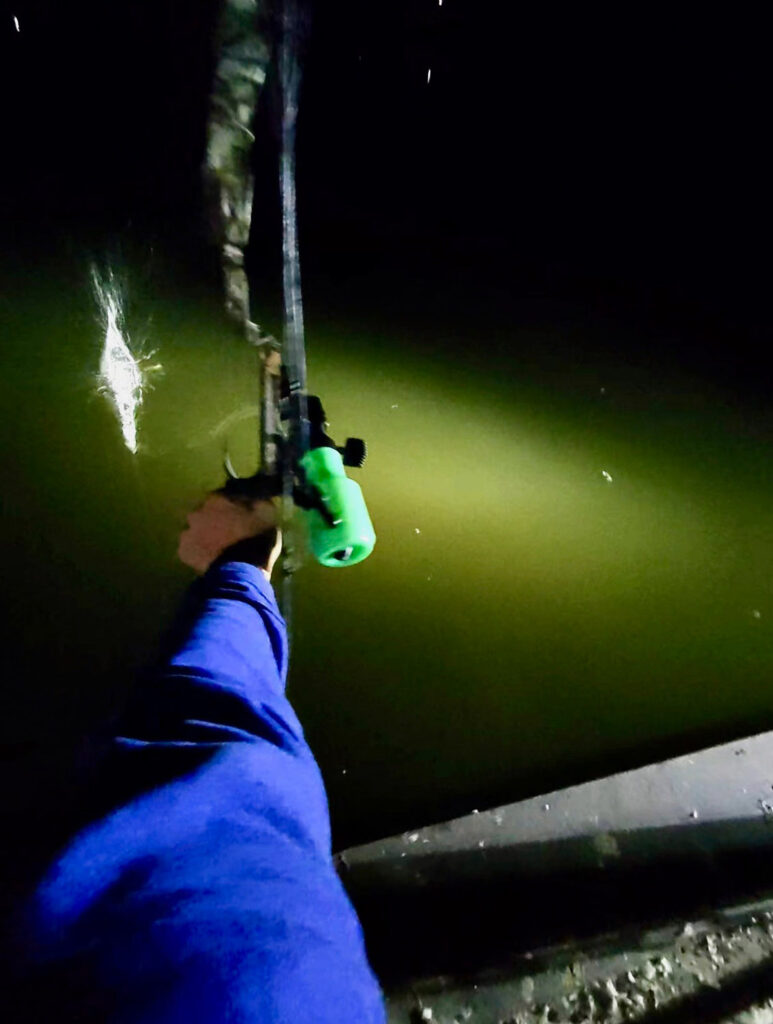
It was an exercise in humility. We spotted tons of carp. I’d draw my bow, aim where I thought it was, and watch my arrow disappear into empty water while the carp took off. Sometimes I missed because I had my equipment set up the wrong way (arrow upside down, rest bumped out of place). Most of the time, I was just aiming at the wrong spot.
What looks like a fish two feet down and five feet out is actually four feet down and three feet out, or something like that. Refraction doesn’t really make sense until you’ve missed enough times to build an intuitive understanding of underwater physics.
Arrow after arrow we flung into the river’s pebbly bottom, reeling in our shots, heading to a new spot, and trying again. The carp, meanwhile, seemed, at most, inconvenienced by our efforts. Humbling.
However slow the progress felt, little by little we refined our techniques and got better opportunities as we went. It took weeks of effort, but we finally connected on a big carp late one night. Prior to starting that night’s “hunt,” I opted to take a practice shot on a dark square object I could see in the murky, green water. My arrow connected, and I reeled in an old Koozie that had been dropped into the river weeks earlier. I felt deadly.
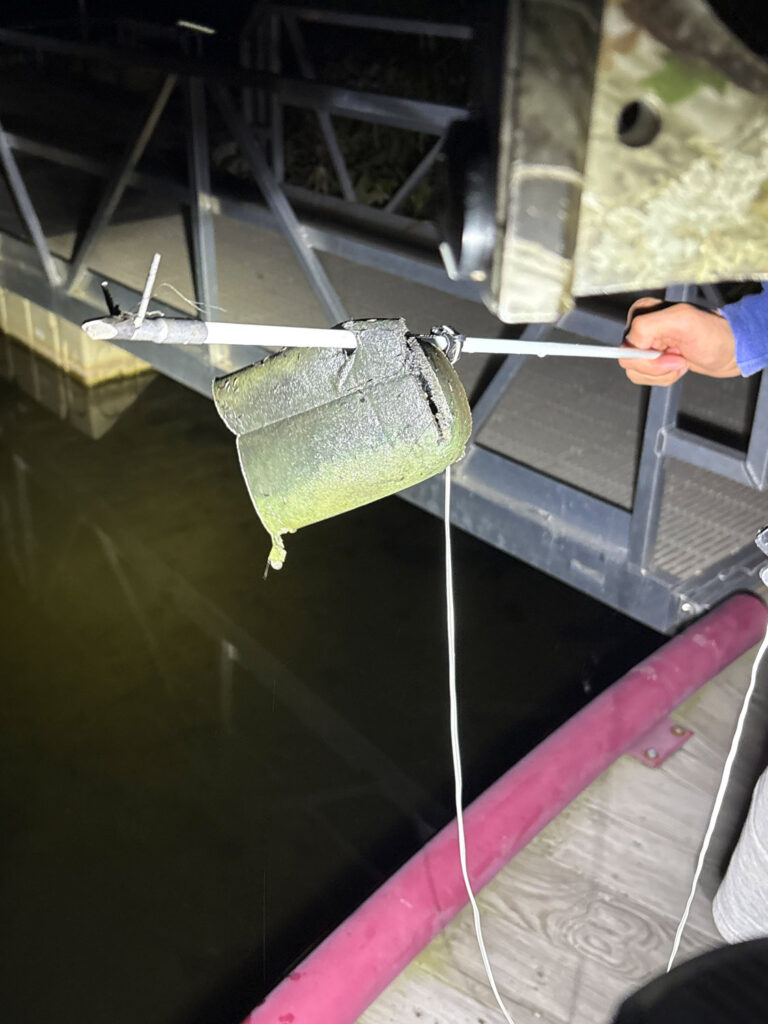
We spotted two big carp from the river’s edge in no time. Waiting for the right shot, we watched him mosey in large circles until he passed within a few yards right in front of me. I patiently took aim and flung an arrow. The water erupted in frantic splashing. We shouted as I reeled it in, giddy that we finally connected.
Living in Michigan gives all of us unique access to water, one of its many benefits. We didn’t have to go on some big trip, hire a guide, or even have to take a long car trip. This was minutes from home, on a river we’d driven past thousands of times without giving a second thought to its carp population.
Michigan is full of these little adventures, outdoor opportunities that we locals overlook while dreaming of heading West. This little proved that some of the best outdoor experiences happen all around us, in places you’d never expect.
One hundred arrows later, I understood what the shop guy meant. Comfort comes from repetition, from putting in the time, from being willing to miss until you don’t.
James Zandstra is an experienced outdoorsman with a passion for the Mitten State. Follow his work on X @TheFairChase1.
